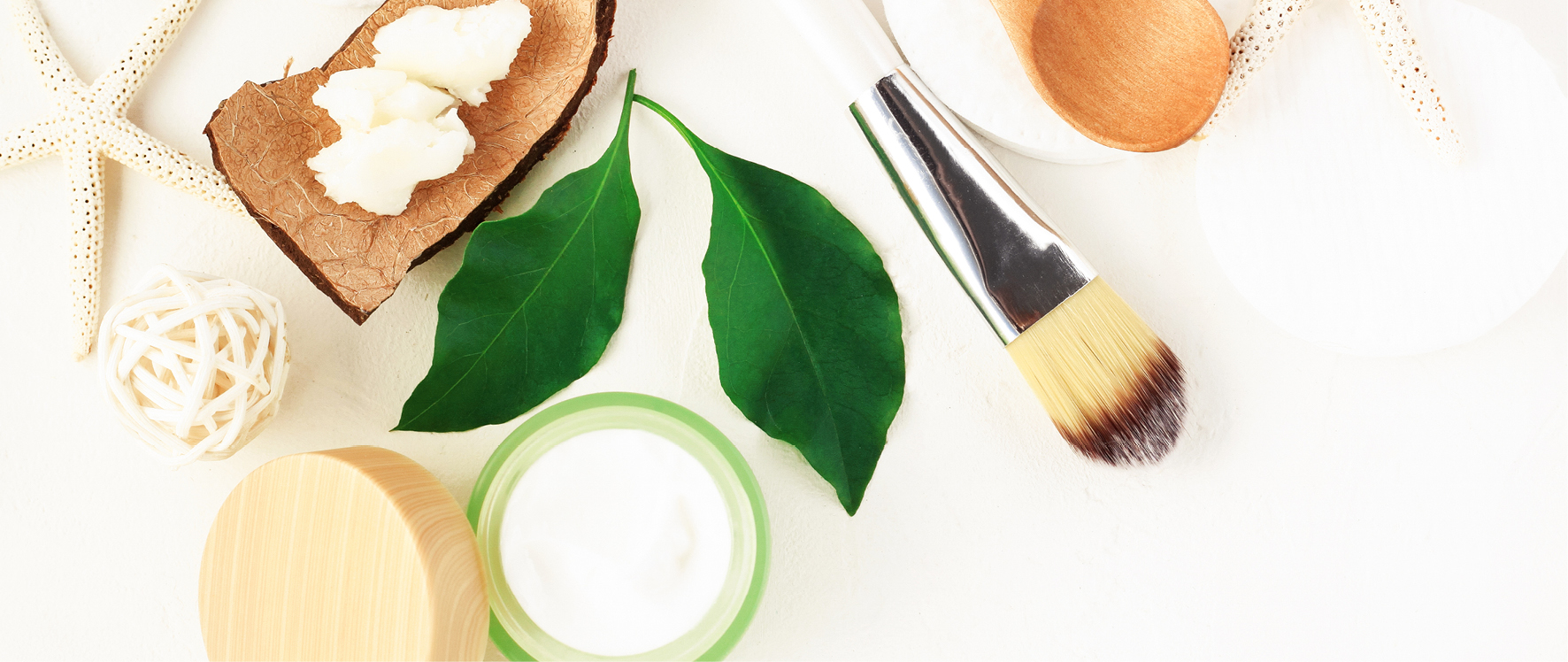
Plant proteins in cosmetics
As with food, consumers are becoming more aware of how cosmetic products are made, appreciating certifications such as “cruelty-free” and “vegan,” which attest that products are free of animal ingredients and not tested on animals. According to the survey drawn up by the company Mordor Intelligence, the demand for vegan cosmetic products is increasing with an annual growth rate of 6.5% over the period 2020-2025. The demand for more natural products with higher quality ingredients has led many companies to invest in research, and reformulate their products with a more “green” perspective. This involves the use of several innovative ingredients, starting from the reappreciation of botanical ingredients, such as oils and extracts derived from plants, to the use of plant proteins in cosmetic products.
It is all about claim: vegan, plant-based, natural and organic cosmetics
In the labels of cosmetic products we can find several claims, which sometimes are misleading for consumers as they are subject to different interpretations rather than univocal meanings.
Among these we can mention the vegan claim of cosmetics, which declares that within the product there are no substances and ingredients of animal origin. It is often associated with the “cruelty-free” claim, i.e. not tested on animals.
Another term that has been gaining popularity in recent years is plant-based, which is generally associated with food products, but can also be found in cosmetics. Plant-based refers to products that contain a high percentage of plant-based ingredients, such as oils and extracts, or processed natural ingredients. Within these products, however, we can find other types of non-plant-based ingredients.
According to the book “Cosmesi trasparente†(T.N. Transparent Cosmetics),” the “natural” and “organic” claims are among the most common, and are regulated by the 2016 and 2017 ISO 161128 standards, which give general guidelines for identifying natural and organic cosmetic ingredients. Products labeled with the claim “natural” are those products that have a certain amount of plant-derived ingredients inside, however, the percentage is not defined and therefore each manufacturer can determine its own standards for naming a cosmetic product as natural. Nothing stops these products from containing chemical derivatives of natural raw materials, or even including animal by-products, such as beeswax.
Organic cosmetics, on the other hand, contain raw materials from controlled organic farming, with the exception of emulsifiers and preservatives. However, depending on the certification body, the percentage of organic ingredients may vary.
How are plant proteins used in cosmetic products?
According to the study “Role of protein in cosmetics†plant protein matrices, such as cereals and flour, have been used since ancient times for cosmetic purposes, mainly as agents that give shine, smoothness and protection to skin and hair. Generally, to use them more easily in water-based cosmetic products, such as creams or shampoos, it is necessary to turn them into a soluble form, through a process of hydrolysis, making the protein suitable for many types of applications, from emulsion products, lotions, gels and powders.
In detail, according to the article Hydrolysed proteins in cosmetic production, proteins subjected to a hydrolysis process are mainly used in hair and skin care products. Their use in skin care products can be an advantage as they are able to increase the elasticity and hydration of the skin, improving its hold over time. As an ingredient in hair care products instead, they can give the product the ability to soften the hair, improving its shine. Wheat proteins are mainly used as the vegetable equivalent of the keratins used in this type of treatment.
Proteins undergoing hydrolysis process can also be applied as ingredients with specific functions, such as the ability to create foam in the cosmetic product. For example, hydrolyzed corn and wheat proteins have been studied for their ability to increase product foam. Some of the most commonly used proteins in cosmetics include soy, pea, rice, bean, almond and many others.
The increasingly widespread use of innovative ingredients in cosmetics creates the basis for a stronger research in this area, encouraging the development of several projects promoting the creation of new products. For example, the EU-funded INGREEN, project aims to produce innovative functional ingredients from paper and food industry by-products through sustainable and efficient biotechnological processes tailored for food, feed, pharmaceutical and cosmetics.
